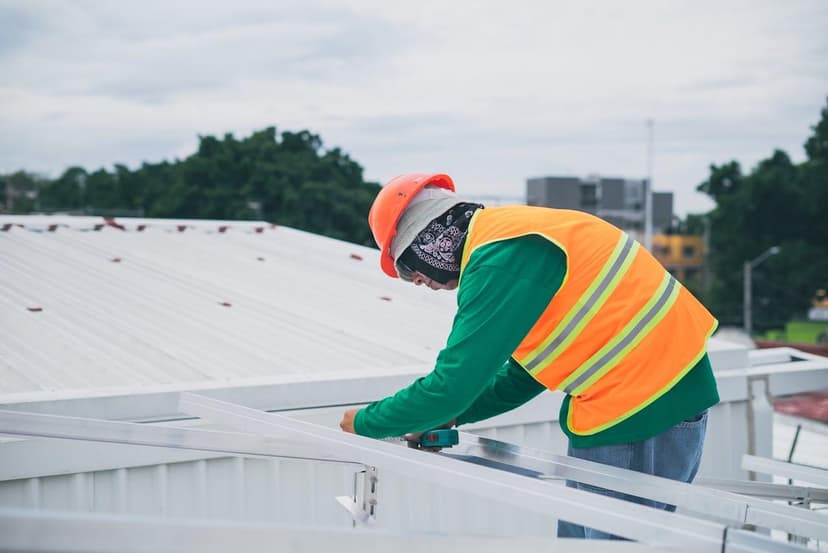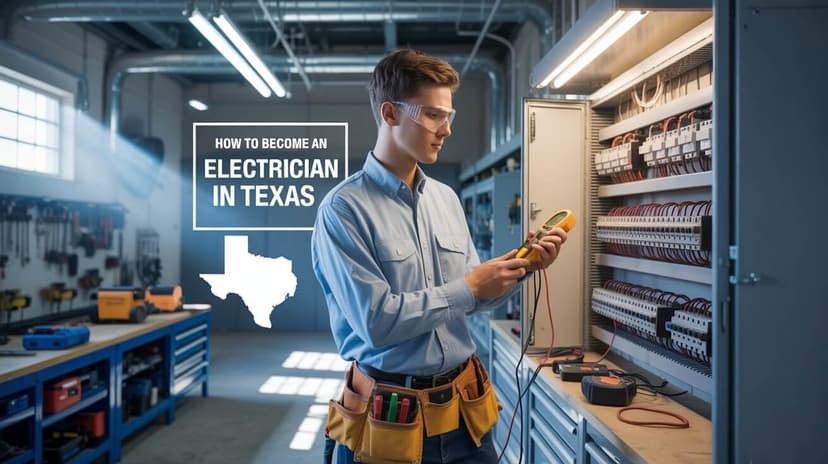You go to plug in your phone charger and... nothing. The outlet's completely dead. No power, no life, just a useless hole in the wall mocking you. Before you start panicking about rewiring your entire house, take a breath. Most dead outlets have simple fixes, and I'm going to walk you through exactly what to check and when to throw in the towel and call a pro.
I've been dealing with electrical problems for over a decade, and I can tell you that 90% of "dead" outlets aren't actually broken - they're just throwing a tantrum for a reason you can usually figure out in about 10 minutes.
Start With the Obvious Stuff (Seriously)
I know this sounds stupid, but hear me out. Last week, I spent 20 minutes troubleshooting a "broken" outlet before realizing I was trying to plug a dead phone charger into it. Test your outlet with something you KNOW works - like a lamp or a device you were just using somewhere else.
Also check if it's a switched outlet. Some outlets are controlled by wall switches, especially in living rooms and bedrooms. If there's a switch nearby that doesn't seem to control anything obvious, flip it and see what happens.
The GFCI Reset That Fixes Everything
Here's the big one that trips up most people: GFCI outlets. These are the outlets with little "Test" and "Reset" buttons, usually found in bathrooms, kitchens, garages, and outdoor areas. But here's what most people don't know - one GFCI outlet can control other regular outlets downstream.
So your dead bedroom outlet might actually be controlled by the GFCI in your bathroom that tripped last week when you used the hair dryer.
How to reset a GFCI:
- Find ALL the GFCI outlets in your house (check bathrooms, kitchen, garage, outside)
- Press the "Reset" button on each one until it clicks
- You should hear a definitive click when it resets properly
- Go test your dead outlet
This fixes about 60% of dead outlet problems. If your GFCI won't reset or immediately trips again, that's a sign of a bigger problem that needs professional attention.
Check Your Circuit Breakers (The Right Way)
Everyone knows to check the breaker panel, but most people do it wrong. A tripped breaker doesn't always flip all the way to "OFF" - sometimes it just sits in the middle, looking like it's still on.
Proper breaker reset:
- Find the breaker for the dead outlet (hopefully your panel is labeled)
- Push it firmly to "OFF" first
- Then push it firmly to "ON"
- You should feel it click into place
If the breaker immediately trips again, DO NOT keep resetting it. That's your electrical system telling you something's seriously wrong, and continuing to reset it could start a fire.
When Multiple Outlets Die at Once
If several outlets stopped working at the same time, you're probably dealing with a tripped breaker or a GFCI issue. But if outlets are dying one by one over time, that's different - and usually means you have loose connections or deteriorating wiring.
Multiple dead outlets can also happen after electrical work elsewhere in the house. Sometimes electricians accidentally disconnect the wrong wire, or a connection comes loose during other work.
The "Half-Dead" Outlet Mystery
Some outlets have two plugs - top and bottom. If only one half works, you might have a "split" outlet where each half is controlled by different circuits or switches. This is common in kitchens where they want each half on a separate circuit for high-power appliances.
Before you assume it's broken, check if there's a switch that controls the dead half.
Signs You Need to Call an Electrician NOW
Stop DIY and call a pro if:
- You smell burning or see scorch marks around the outlet
- The outlet or wall plate feels warm
- You get shocked when touching the outlet
- Multiple outlets died after a storm or power surge
- The GFCI won't reset or keeps tripping immediately
- You see sparks when plugging things in
- The outlet is making crackling or buzzing sounds
These are all signs of potentially dangerous electrical problems that can cause fires or electrocution.
What Actually Causes Outlets to Die
Loose Connections This is the #1 killer of outlets. Over time, wire connections behind the outlet can work loose from vibration, thermal expansion, and just age. Loose connections create resistance, which creates heat, which eventually burns out the connection.
Worn Out Outlets Outlets don't last forever. If yours are 20+ years old and get heavy use, the internal contacts can wear out. This is especially common with outlets that have had heavy plugs (like space heaters) plugged and unplugged frequently.
Overloaded Circuits Modern homes use way more electricity than houses built 30-40 years ago. If you're constantly tripping breakers or outlets keep dying, your electrical system might not be able to handle your power needs.
Storm Damage Lightning and power surges can fry electrical components without you even realizing it. Sometimes the damage doesn't show up until weeks later when connections finally fail.
DIY Fixes That Actually Work
Replacing a Basic Outlet If you're comfortable with basic electrical work and you've confirmed the power is off, replacing a standard outlet is usually straightforward. But if you see aluminum wiring, multiple wires connected to one terminal, or anything that looks weird, call a pro.
Testing Outlet Voltage A basic multimeter can tell you if power is actually reaching the outlet. If you're getting 120V at the outlet but nothing plugs in works, the outlet itself is probably shot.
Checking Connections With the power OFF, you can remove the outlet and check if wire connections are tight. But if you're not comfortable working with electrical connections, don't mess with it.
When "Cheap" Becomes Expensive
I see people try to save money by hiring unlicensed handymen or doing electrical work themselves when they shouldn't. Electrical problems can literally kill you or burn your house down. Homeowner's insurance doesn't cover damage from unlicensed electrical work, and some will deny claims if they find DIY electrical work.
A licensed electrician might charge $150-300 to diagnose and fix outlet problems, but that's a lot cheaper than dealing with an electrical fire or getting electrocuted.
Finding Someone Who Won't Rip You Off
Red Flags:
- Door-to-door electrical "inspectors"
- Anyone who won't show you their license
- Prices that seem way too low
- High-pressure sales tactics
- Requesting full payment upfront
Good Signs:
- Licensed and insured
- Provides written estimates
- Explains what they're doing and why
- Has recent, local references
- Doesn't push unnecessary work
The Real Cost Breakdown
Simple outlet replacement: $100-200 GFCI outlet installation: $150-300
Troubleshooting electrical problems: $100-250 Rewiring multiple outlets: $300-800 Panel upgrades (if needed): $1,500-3,000
These prices vary by location, but they give you a ballpark. If someone quotes you way outside these ranges, get another opinion.
Prevention is Cheaper Than Repair
Don't overload outlets - If you're using power strips and extension cords everywhere, you probably need more outlets installed.
Replace old outlets proactively - If your outlets are loose, discolored, or 20+ years old, replace them before they fail.
Install GFCI outlets where required - Modern codes require GFCI protection in bathrooms, kitchens, garages, and outdoor areas. If you don't have them, get them installed.
Get your electrical system inspected - If your house is over 25 years old, have a licensed electrician look at your electrical system every few years.
Bottom Line
Most dead outlets are fixable, and many fixes are simple enough for homeowners to handle. Start with the easy stuff - check GFCI resets and breakers. If that doesn't work, or if you see any signs of burning, sparking, or other danger signs, call a licensed electrician.
Don't mess around with electrical problems that could hurt you or damage your house. The money you save by doing it yourself isn't worth the risk if something goes wrong.
And remember - outlets don't usually die for no reason. If you're having repeated electrical problems, there's probably an underlying issue that needs professional attention. Address it now before it becomes a bigger, more expensive problem later.



